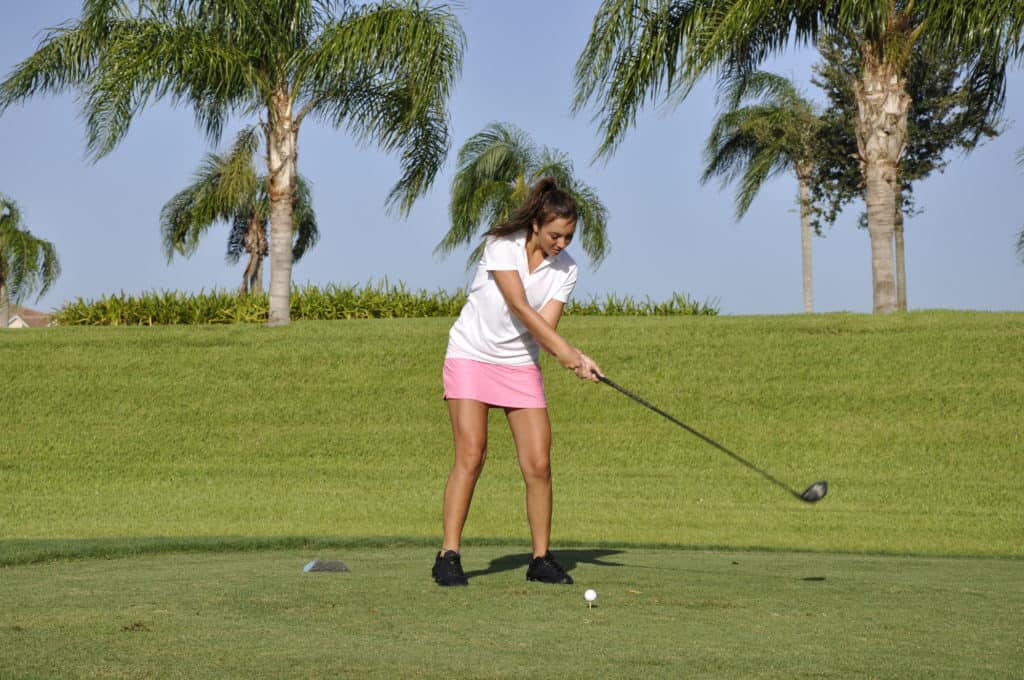
Most golfers will agree that the slice is the most annoying miss in golf.
When you slice the golf ball, you lose yardage, and you watch your par turn into a bogey or worse.
It’s a horrible shot to watch, but luckily, there are lots of fixes out there to help you get the slice straightened out.
The majority of the articles out there about fixing slices are geared towards the right-handed golfer.
If you are a lefty who slices the golf ball, we are here to help.
Here are some tips geared explicitly towards the left-handed golfer who slices the golf ball.
Left Handed Golf Slice (How to Fix, With 7 Tips)
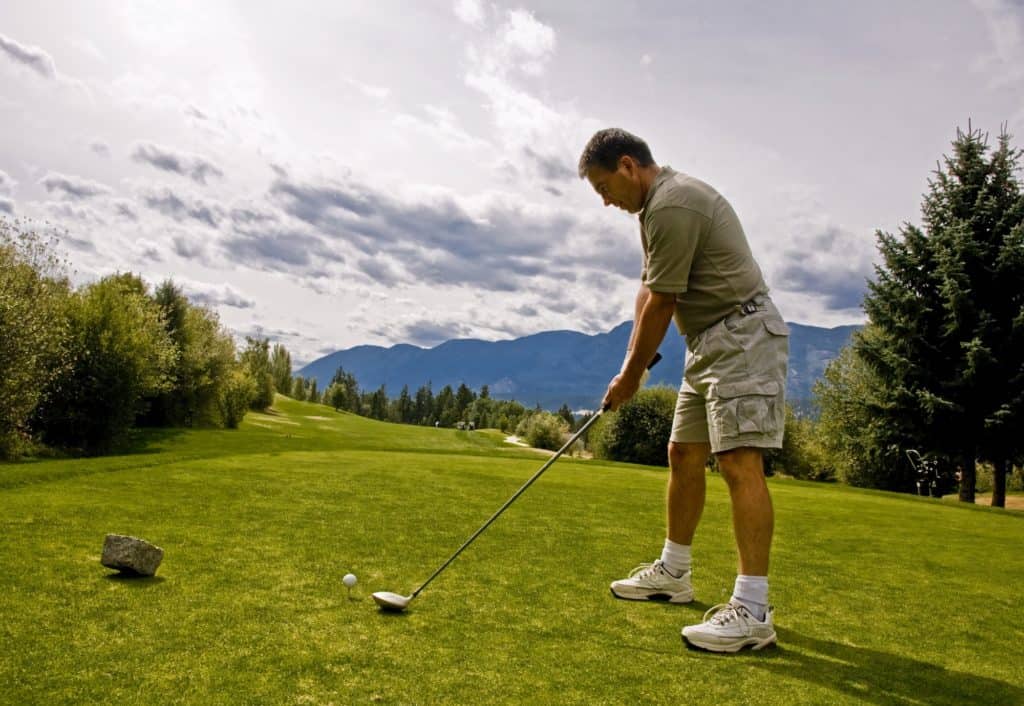
Here are a few of our favorite ways to fix a slice.
Sometimes you will have one or more reasons you are slicing the golf ball.
Make sure you consider them all before you decide to start making changes to your golf game.
1. Check the Equipment

This is the easiest and most obvious way to fix a slice, but we’ve put it at the top of our list so that you can rule it out right from the start.
If you are slicing the ball continually, you need to make sure you are playing with the proper equipment.
Most of the time, a slice is caused by a club face being open at impact.
Sometimes it could be open because the golf shaft a player is using is too stiff.
Luckily, this can be corrected with a new driver shaft that is a bit easier to release.
The other thing about your equipment which could be causing the slice is the way the clubhead is set up.
If you are playing with more of a player type driver, then chances are the clubface is slightly open at address.
This slightly open clubface allows the lower handicap golfer to swing through and get a slight draw or even a slight fade if they want.
For the golfer who struggles with a slice, this is going to be a difficult club to square up.
If you slice the golf ball, see if your driver is adjustable.
If it is adjustable, make sure you have it set to the more forgiving settings.
If it is, you will notice the clubface probably now looks a little offset or closed.
Golfers in the market for a new driver should look into a draw bias or offset club to make sure they can release the ball.
Companies like TaylorMade always offer a model that is better for the golfer who tends to slice their shots.
2. Fix the Grip
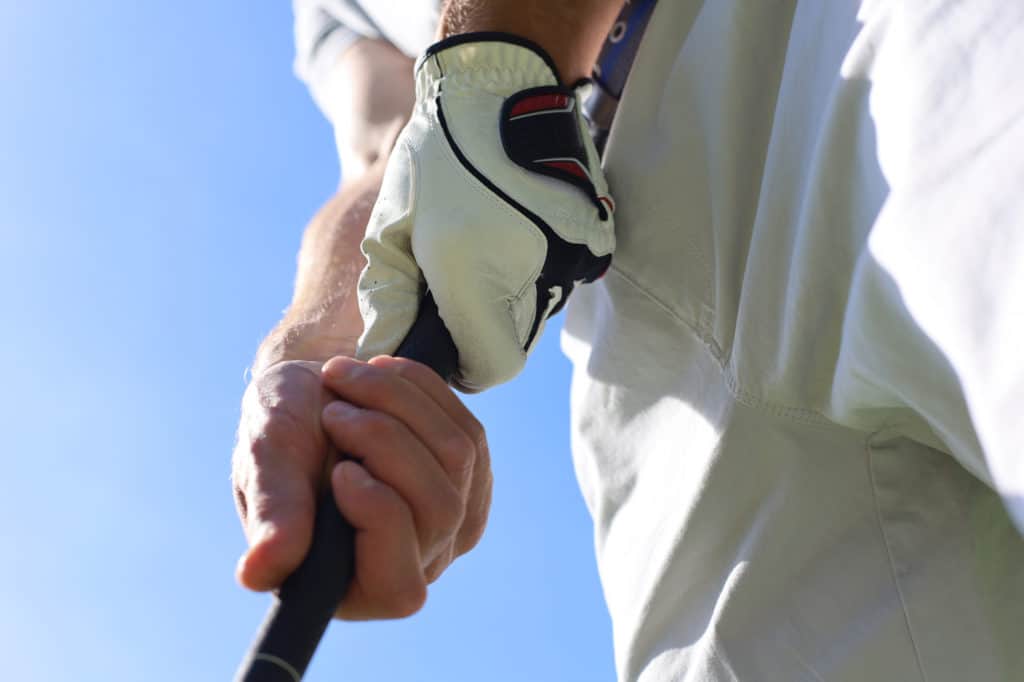
Now that you have established whether or not your equipment is the right fit for you, you can move onto some other tips and strategies for fixing your slice.
One of the best places to start is the grip.
Golfers must always remember the golf grip is the only connection we have to the golf club, and if this is not a secure and perfect connection, the golf shots won’t be perfect.
For left-handed golfers, you may find that if your grip is a little bit weak, you will potentially slice the ball more often.
The weak grip will be turned slightly clockwise from where it should be.
What happens with this grip is it allows the clubface to open slightly as the golfer comes through the impact position.
This opening leads to trouble and makes it hard for a player not to slice.
If you want to avoid the weak grip which is costing you some extra strokes, then try turning the grip a bit to the left.
This will allow you to hold the club firmly and turn it over as you get to the impact position.
3. Increase Your Speed
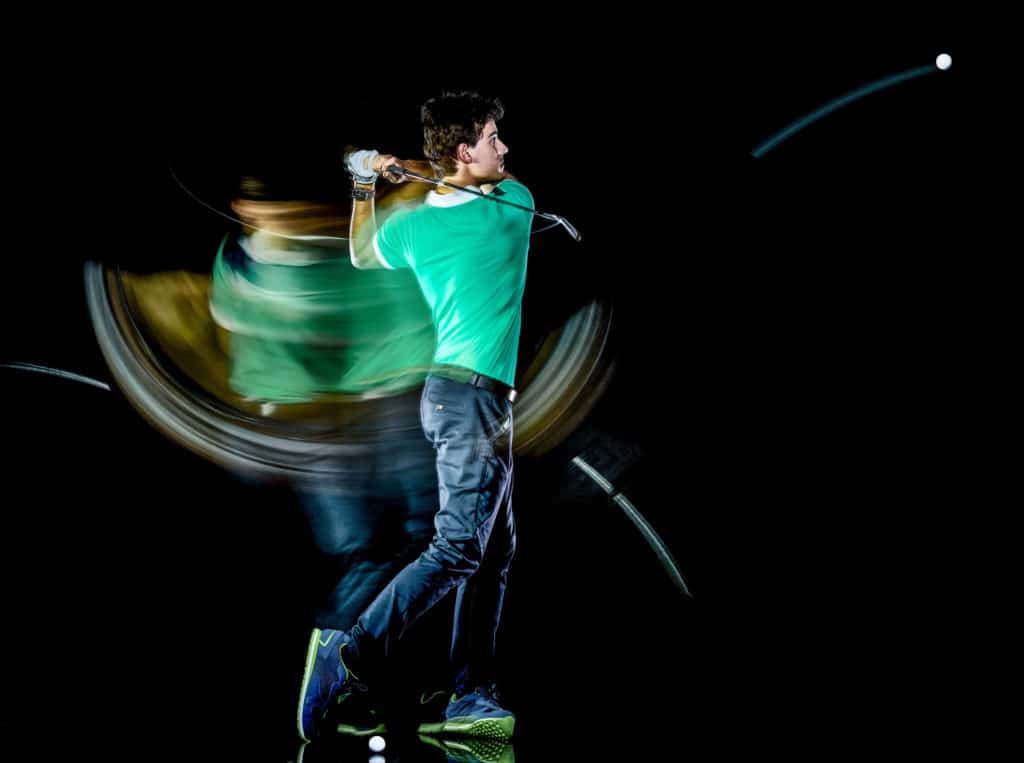
When people start slicing the golf ball, one of the first things golfers suggest is slowing down their swing.
This is a bad idea and could work to make your slice even worse.
Sometimes the reason you are slicing the ball is that you don’t have enough speed to get your arms and hands released and turned over as you get into the impact position.
To speed up the golf swing, sometimes you can take the club just a little further back.
You won’t want to go past parallel at the top of your swing, but it’s essential to get to that parallel position.
When you only take a three-quarter swing with a driver, you may not be giving yourself enough room to release and finish the golf swing.
Having this extra time and making the arc longer will help you feel like you can turn the club over and stop leaving it so wide open.
Try to swing with a mirror or have a friend video your swing so you can see how far you have taken the club back.
4. Keep the Elbow In

There are all sorts of things you will hear when you play golf like, “Left arm straight, keep your head down,” and, of course, “stop with the chicken wing.”
Well, what exactly is the chicken wing, and why does it matter?
As a golfer takes the club up and around their body, the arms and legs all have to work in a certain way.
The left-handed golfer needs to make sure the lead elbow does not get too far away from the body during the backswing.
For the left-handed golfer, this is the left elbow.
As you swing back, you must make sure the elbow tucks in and stays in that folded position for the remainder of the backswing.
When the elbow bends and flies aways from the body, you can call this a chicken wing.
It will look a bit like a chicken wing, and it will undoubtedly cause a slice in your golf game.
The problem with the elbow escaping away from the body is that it doesn’t allow the club to come down on the proper path.
The club comes on a very steep path which will often lead to the clubface being wide open at impact.
One of the best ways to fix this chicken wing problem is to ensure you stay more connected in your swing.
Our favorite drill is to take a golf towel and put it under your arm before swinging the club.
Then take some half and three-quarter shots with something like an eight iron.
As you hit these shots, the towel should stay in place.
When you finish your swing, and the club comes up high, the towel may drop, which is entirely acceptable.
This is a great drill to improve connection and let both left- and right-handed golfers experience what connection is like in a golf swing.
5. Improve the Setup

Would you believe that even professional golfers still work on their setup and positioning in their golf swing?
It is very true.
Ensuring you are correctly set up to hit a golf ball is the only reason to swing the club back.
If you are quick to set up and you don’t do it properly, you may as well go pick another sport.
Poor posture, poor setup, and poor alignment are some of the top reasons golfers slice the ball.
Many people spend years trying to perfect their golf swing when, all along, they just had a terrible setup.
You must make sure your hips, feet, and shoulders are all pointing in the same general direction.
Some golfers will have their feet along one line, shoulders another, and hips on a third line.
It is nearly possible to return to this position and square the clubface up at the same time.
If you want to get better at golf, learn to perfect and take your time on the setup.
Another problem slicers will find is that, the more they slice, the more they try and aim to compensate for the slice.
Although this can be a good method on a day out on the course where you need to just stay in play, it does not work in the long term.
You will never learn how to properly release the golf ball if you are not able to line up directly at a target and hit to that target.
You have to improve the setup and alignment, and from there, work to correct the slice.
Simple modifications to your game are okay, but when you need to aim at the other fairway just to hit it on your own, this is going too far.
If you are aiming down the right side of the fairway, expecting the ball to go a little left after you hit it, that is understandable.
6. Keep the Swing Efficient

When you watch professional golfers hit the ball, you will see that their movements look efficient and precise.
That is because their golf swings are like a well-oiled machine.
Of course, there are a select few individuals who have very odd swings, but for the most part, things look controlled and consistent.
If you find that you are one of these players with a lot of movement in their swing, it could be causing your slice.
Generally, if your hips are sliding in your backswing or your head is moving up and down as you play, then you are probably partially causing your slice.
Try to have fewer moving parts in your swing and make the overall swing more efficient.
If you can do this, you will notice a big difference in the consistency of the golf shots you can hit.
One of the best ways to eliminate movement in your swing is to see your golf swing in slow motion.
For some people, this is an almost painful experience.
Chances are what you think your golf swing looks like and what it actually looks like are two completely different things.
Have a friend video you swinging with a pitching wedge, seven iron, and a driver.
Play these swings back in slow motion and try and see where the issues are.
Do you notice your head dipping up and down, do you lose your balance, does your weight not transfer?
You can watch videos of professional golfers and compare that to what you are doing to get some ideas about what could be causing the slice.
Sometimes you will notice the slice is a factor because there are too many moving parts in the golf swing.
Golf is a very complicated game, the simpler you can keep your swing, the better chance you have at hitting the golf ball solidly.
7. Learn the Release

Once you make sure your hands, body, and swing positions are all in the proper place, you must also release the golf club.
This is the thing that takes beginner golfers quite some time to master.
The release in the golf swing is quite similar to some other sports, but it takes a while for this concept to click, even for great athletes.
With the release of the golf club, you will turn the club over so that it goes from open to square to closed.
As you swing a golf club back, the face is going to open up.
If you leave that face open when the club gets to the ball, you will slice it.
If you can learn to turn your hands over and release the golf club, the club will square up and allow you to hit a straight shot.
You can practice this feeling with small wedge shots and increase to irons.
Once you get it down with your irons, you can start trying to get the feeling with your driver.
The driver is the longest club in the bag, and you stand the furthest from it.
This is partly what makes it so difficult for golfers to learn to release the golf club.
With enough practice, you will eventually get it, and once you get the feeling a few times, it will just click.
Some gadgets on the market can help left-handed golfers learn how to release the club.
However, the best possible way to learn is to teach yourself by hitting smaller shots and working yourself up to the driver.
Conclusion
Fixing a slice is no easy task, but most golfers make it more complicated than it needs to be.
When you slice the golf ball, you need to figure out if you slice it regularly or just a periodic miss.
Try and see what things you are doing when you slice it to determine the cause.
Most golfers will find that the cause is somewhat related to their stance, setup, or grip.
These are the key fundamentals of the game, and they are what will help you get to the bottom of the issue.
When you feel confident that these parts of your golf swing are as good as they can be, then you can look into the positions which may be causing that open clubface at impact.
Fixing a slice is a rite of passage that all golfers need to get through.
When you do eventually get it straightened out, there is truly no better feeling in the game.
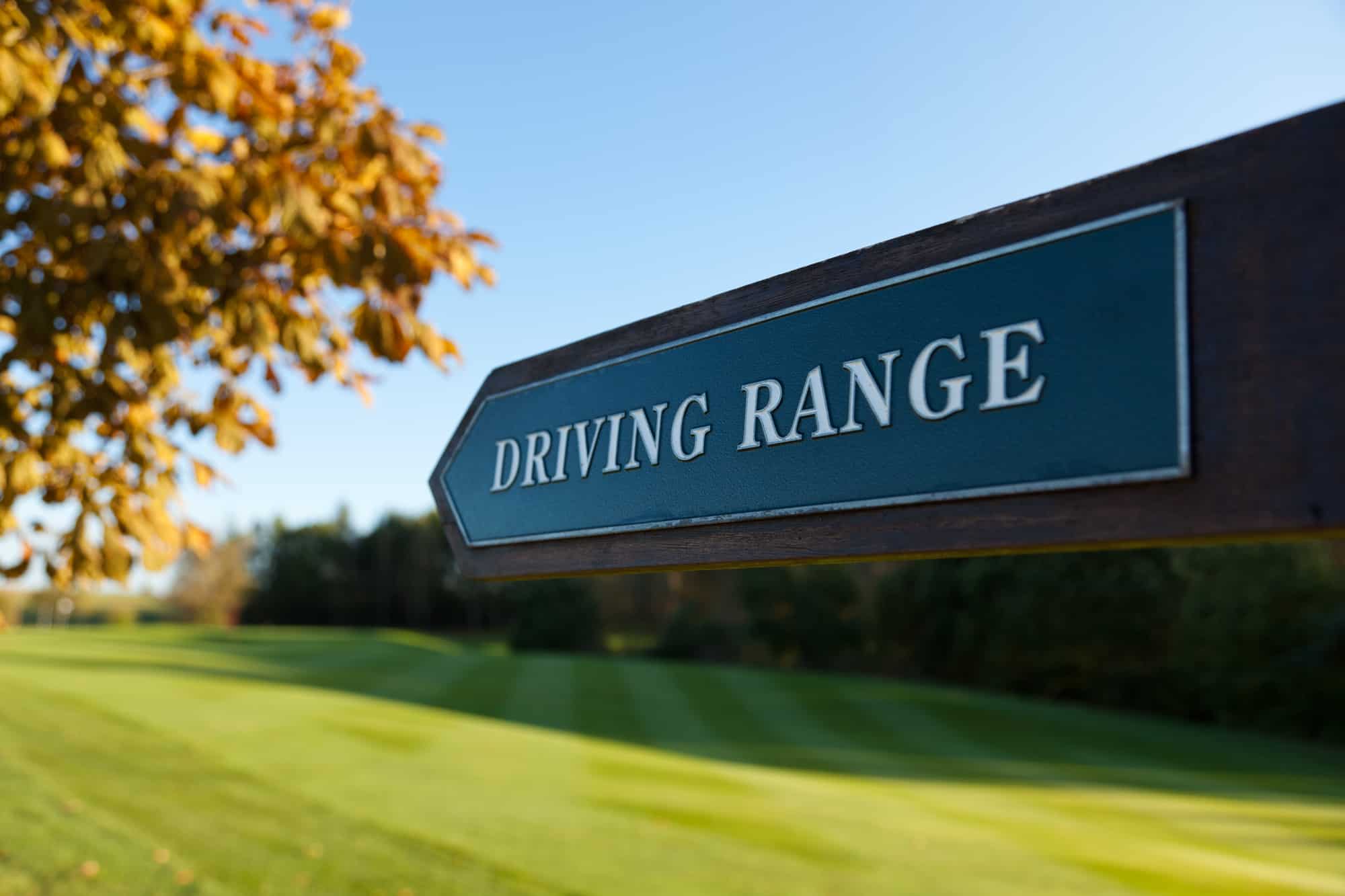
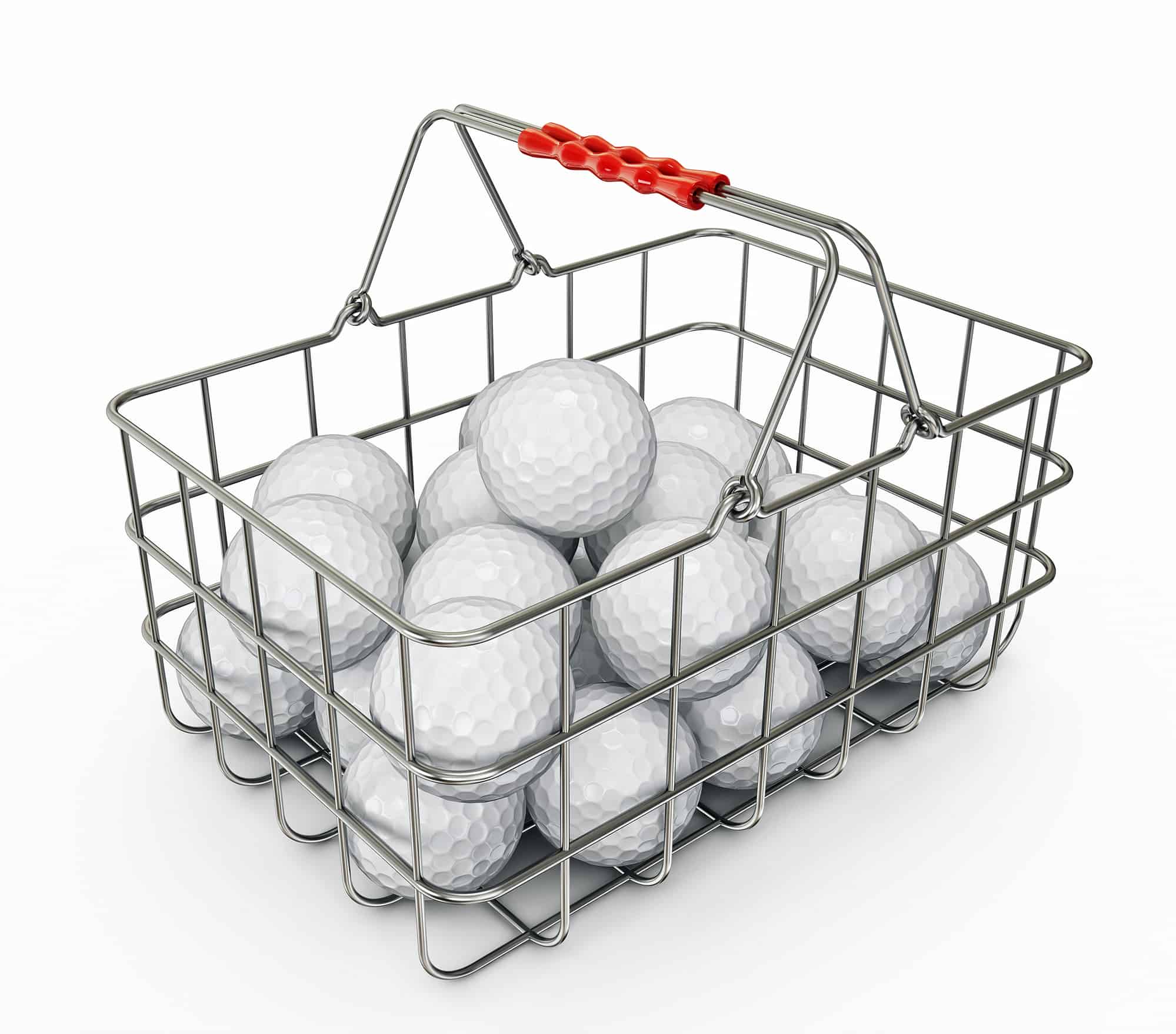

Leave a Reply